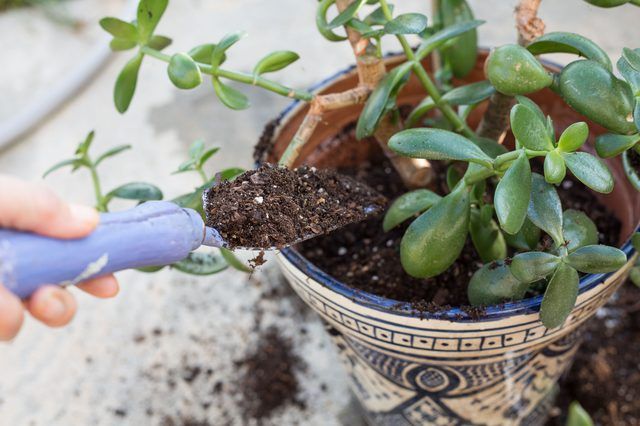Bulbs
Flower Basics
Flower Beds & Specialty Gardens
Flower Garden
Garden Furniture
Garden Gnomes
Garden Seeds
Garden Sheds
Garden Statues
Garden Tools & Supplies
Gardening Basics
Green & Organic
Groundcovers & Vines
Growing Annuals
Growing Basil
Growing Beans
Growing Berries
Growing Blueberries
Growing Cactus
Growing Corn
Growing Cotton
Growing Edibles
Growing Flowers
Growing Garlic
Growing Grapes
Growing Grass
Growing Herbs
Growing Jasmine
Growing Mint
Growing Mushrooms
Orchids
Growing Peanuts
Growing Perennials
Growing Plants
Growing Rosemary
Growing Roses
Growing Strawberries
Growing Sunflowers
Growing Thyme
Growing Tomatoes
Growing Tulips
Growing Vegetables
Herb Basics
Herb Garden
Indoor Growing
Landscaping Basics
Landscaping Patios
Landscaping Plants
Landscaping Shrubs
Landscaping Trees
Landscaping Walks & Pathways
Lawn Basics
Lawn Maintenance
Lawn Mowers
Lawn Ornaments
Lawn Planting
Lawn Tools
Outdoor Growing
Overall Landscape Planning
Pests, Weeds & Problems
Plant Basics
Rock Garden
Rose Garden
Shrubs
Soil
Specialty Gardens
Trees
Vegetable Garden
Yard Maintenance
Repotting Jade Plants
Repotting Jade Plants. Evergreen jade plants (Crassula ovata) grow outdoors in U.S. Department of Agriculture plant hardiness zones 11 and 12, but you can grow them as houseplants anywhere. Jade plants can go years without repotting. Move a jade plant to a new container only if the plant becomes top-heavy or begins to lift out of its old pot.
Evergreen jade plants (Crassula ovata) grow outdoors in U.S. Department of Agriculture plant hardiness zones 11 and 12, but you can grow them as houseplants anywhere. Jade plants can go years without repotting. Move a jade plant to a new container only if the plant becomes top-heavy or begins to lift out of its old pot.
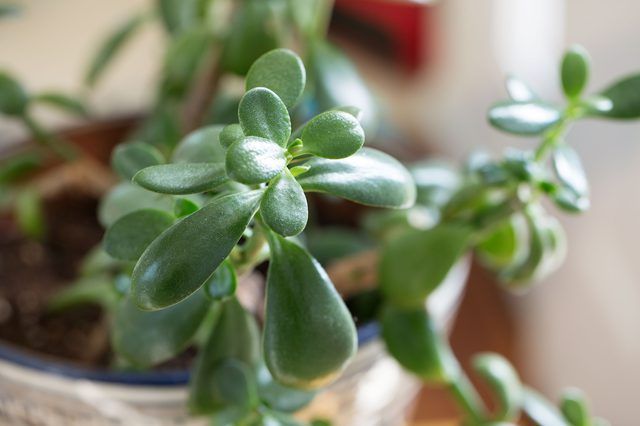
Jade plants prefer a tight-fitting pot, so choose a new container only slightly wider than the diameter of the root ball. Larger plants need deep, heavy pots so they don't tip over from the weight of the jade plant, so heavy clay pots work well. Select a new pot with at least one bottom drain hole so the soil can drain readily. Before repotting, wash the pot in warm, soapy water and soak it in a solution of 1 part bleach and 9 parts water for 30 minutes to disinfect it. Allow the pot to thoroughly air dry before adding soil.
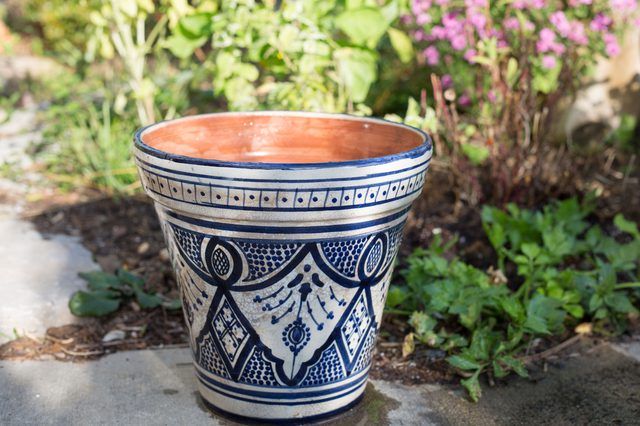
Allowing the soil to dry out makes it easier to lift the large root ball out of the old container. Insert a narrow trowel between the soil and the sides of the pot to loosen it, and then turn the pot upside down and slide the jade plant out while supporting the soil with your other hand. After freeing the jade from the pot, brush and shake off as much old soil from the roots as possible.
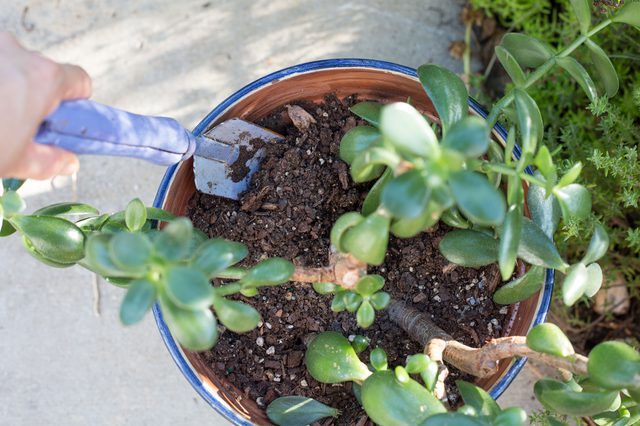
Dead or damaged roots leave your jade plant susceptible to disease after repotting. Examine the roots closely for dead, brittle roots, mushy or rotten roots, or long roots that are completely circling the exterior of the root ball. Trim these off with disinfected shears. Disinfect shears with the same bleach soak used for the pot or wipe them with a rag soaked in rubbing alcohol. Cut through encircling roots in one or two places so they don't constrict the interior roots. You can also trim back any overly long, weak roots so only a healthy root ball remains.
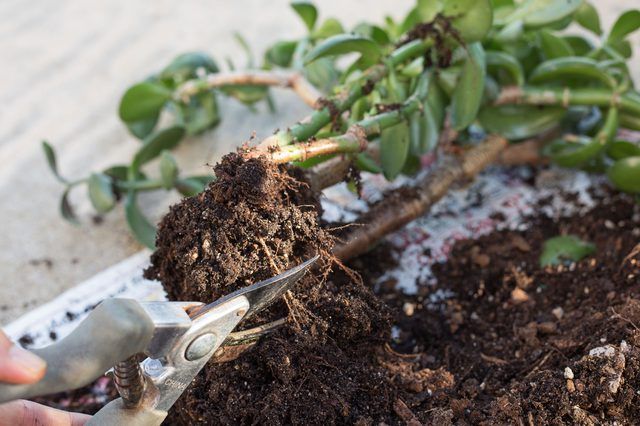
The crown of the jade plant, where the stems emerge from the root ball, should sit 1 to 2 inches beneath the rim of the new pot. Begin by filling the pot with soil to a depth that places the crown in the right position, and then fill in around the roots with more soil until the top of the roots are just below the soil surface. Try to use the same type of soil that was in the previous pot, but fast-draining, loam-based potting mix, such as a general houseplant potting mix, will work. Water the soil just enough to moisten it and then allow it to dry out completely before you water again. Jade plants don't require any fertilizer for at least four months after repotting.
